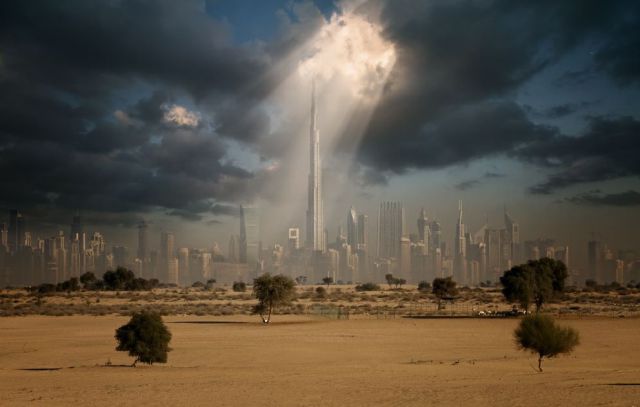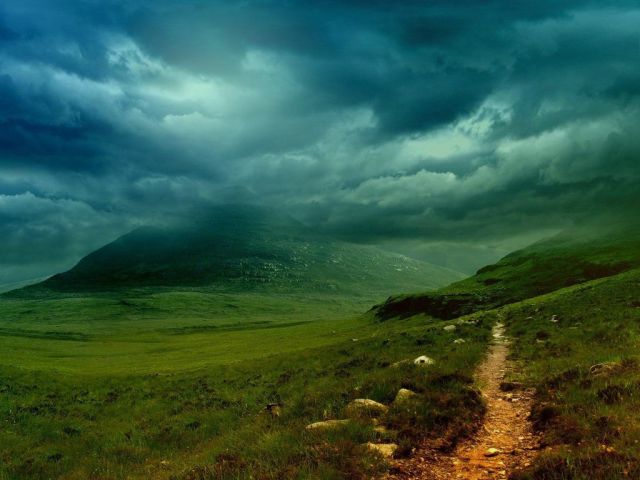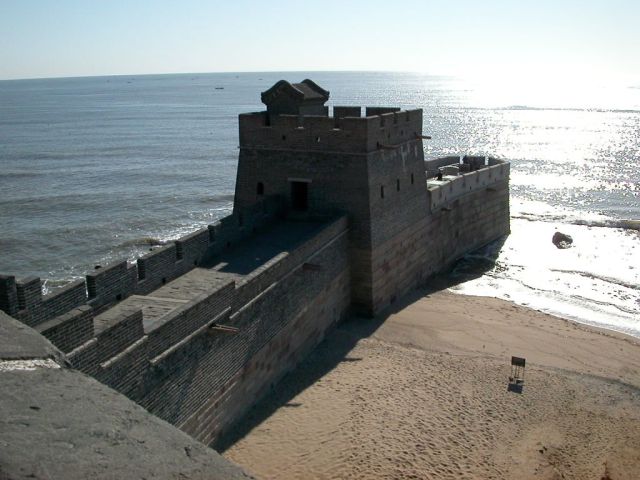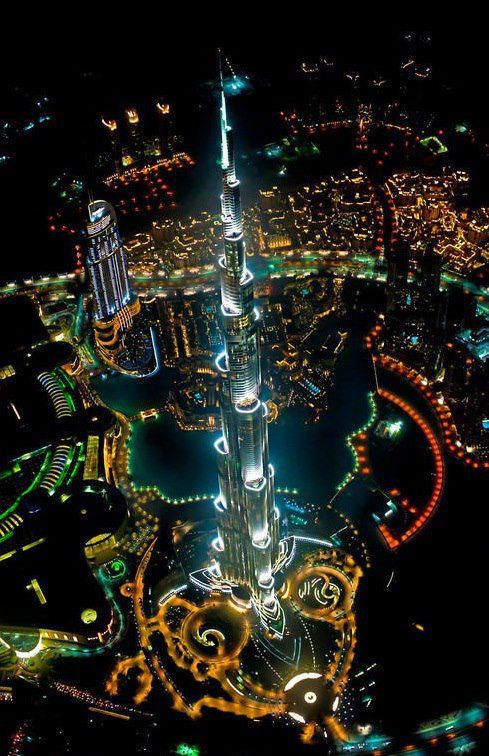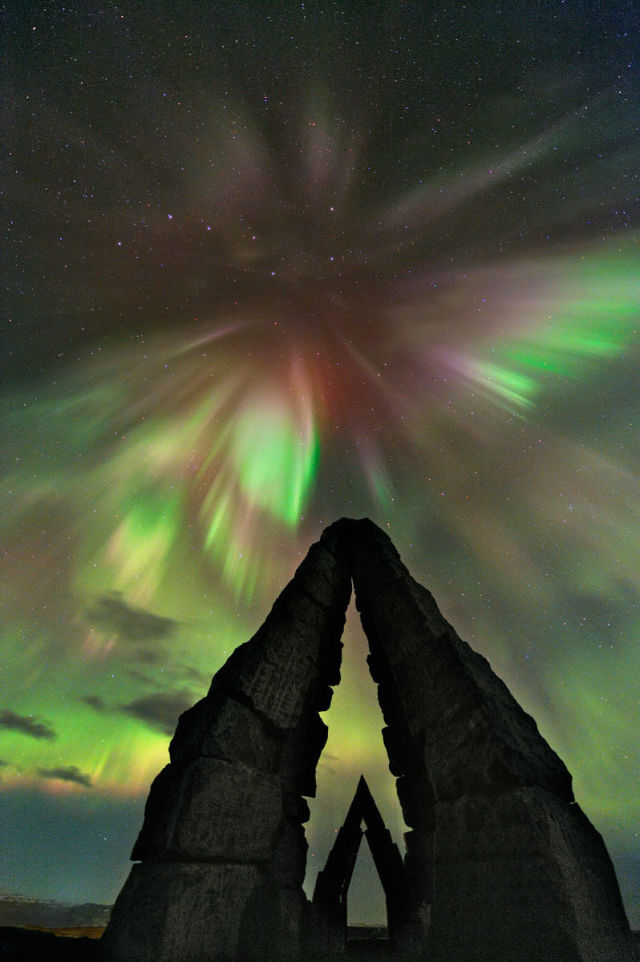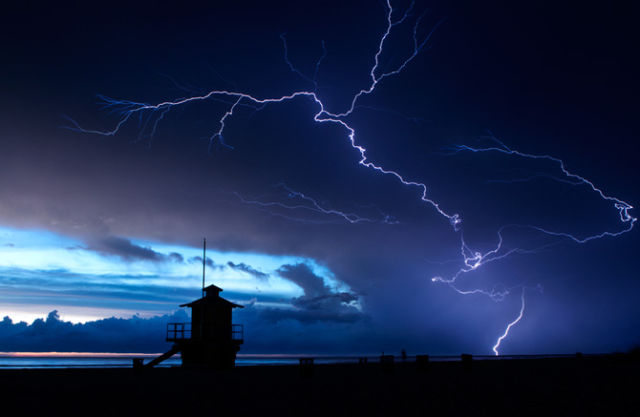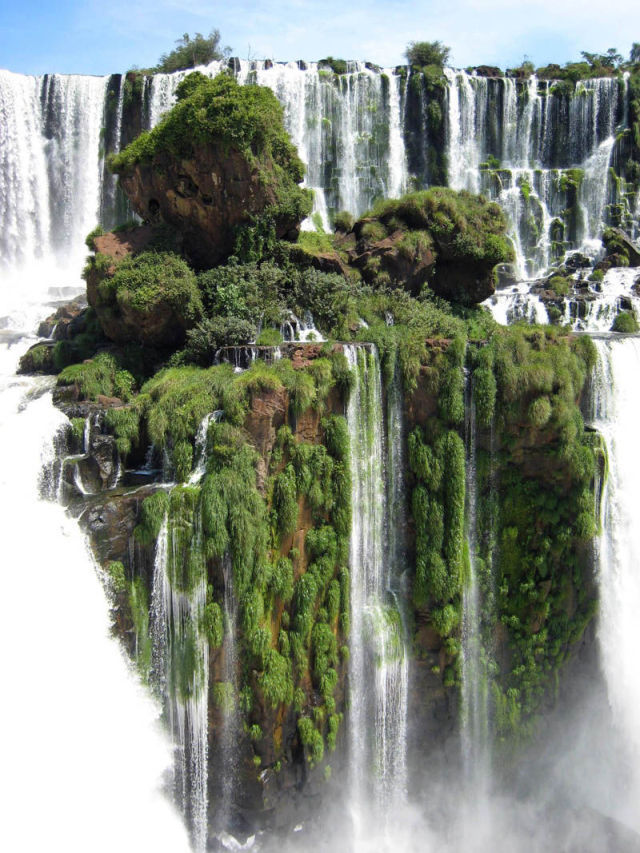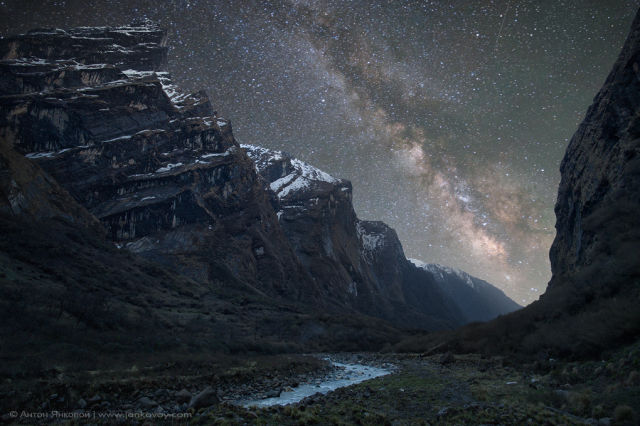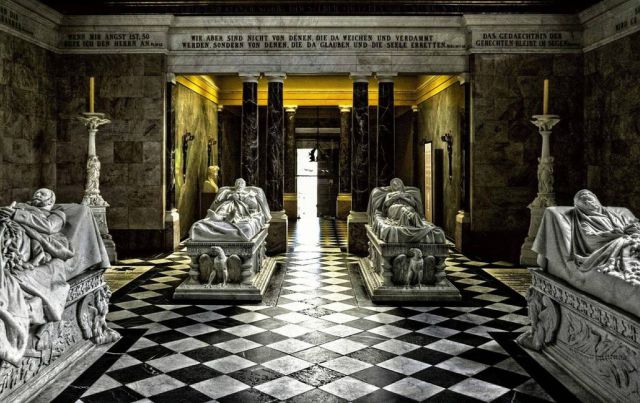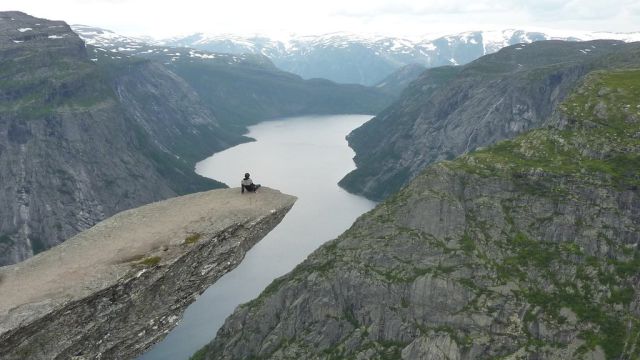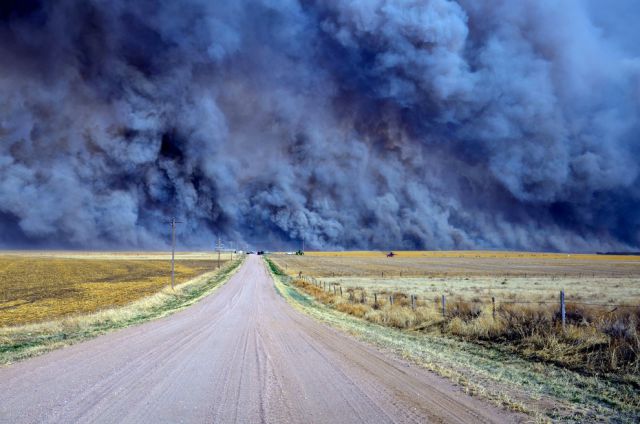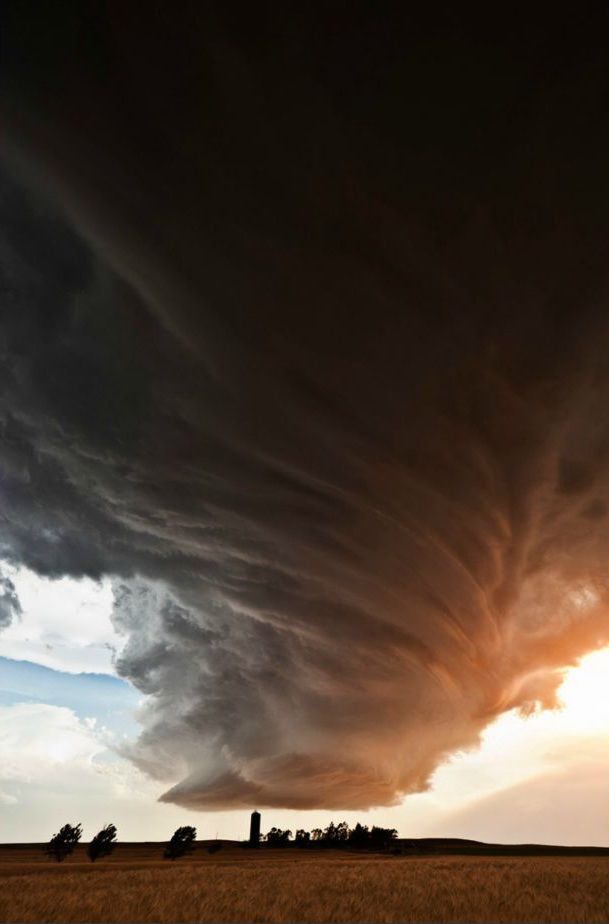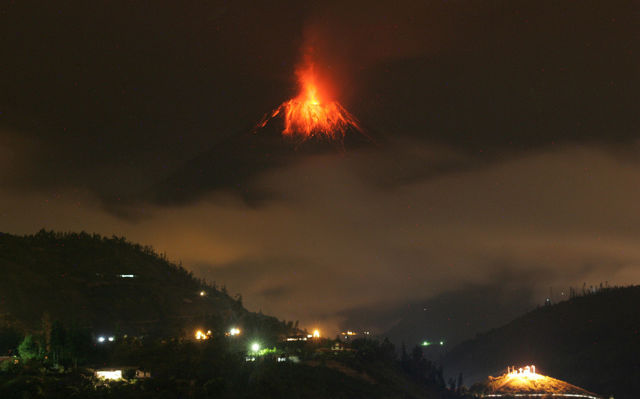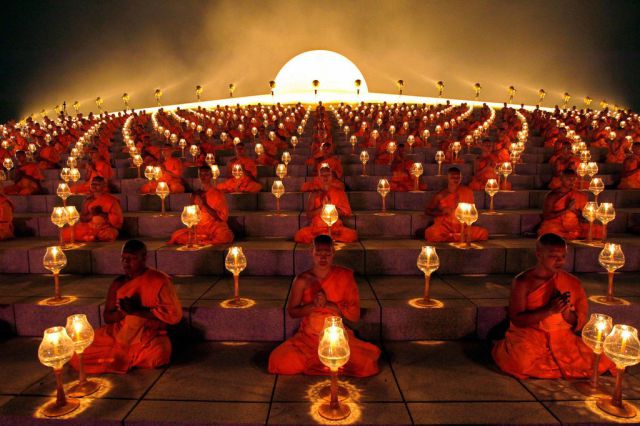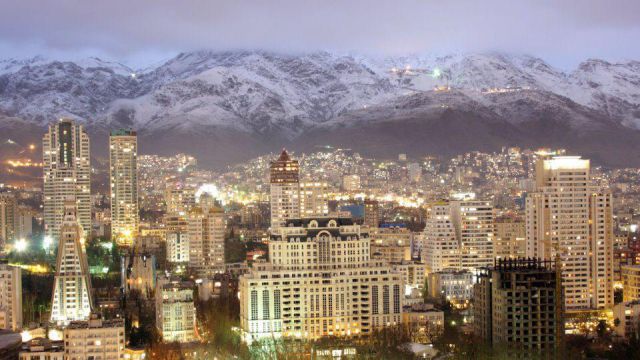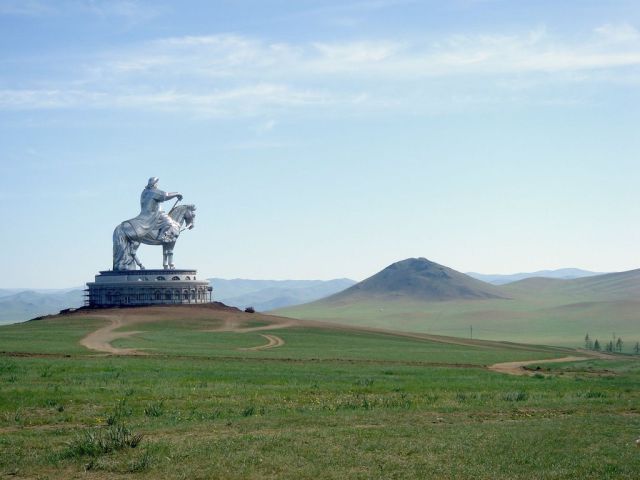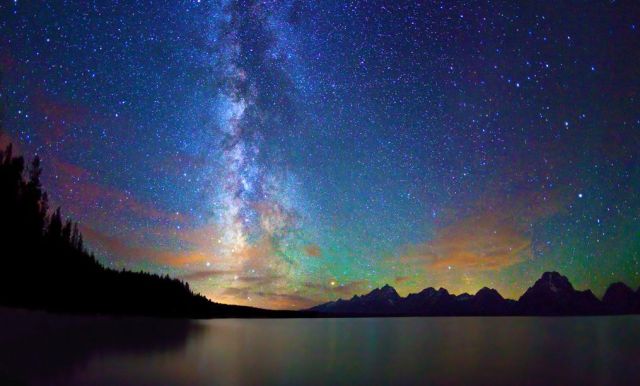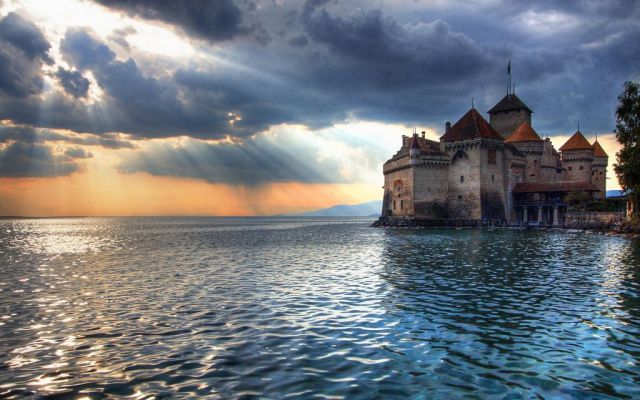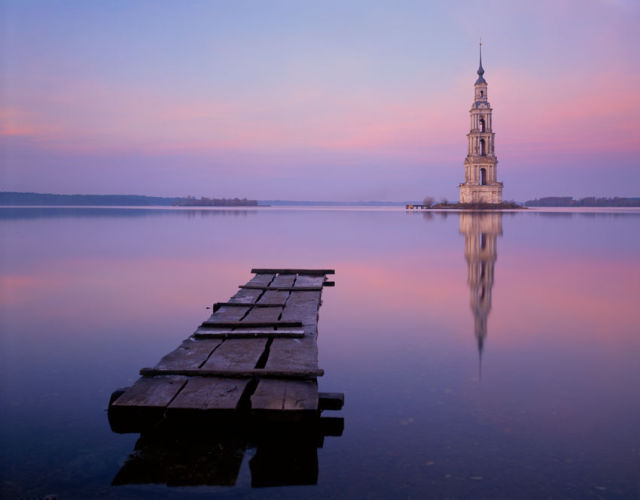Question:
How does Judaism view vegetarianism? Is it favored or discouraged by the Torah?
Response:
The kosher dietary rules do rule out shrimp, lard, cheeseburgers, and lobster, but plain old beef is not on the Torah’s “don’t” list—if prepared following certain guidelines. For better or for worse, meat is an undeniable favorite on the kosher menu. Is this good? Let’s have a look.
The History
Upon his creation, Adam, the first man, is taught by G‑d the ways of the world: “Behold, I have given you every seed-bearing herb which is upon the surface of the entire earth, and every tree that has seed-bearing fruit; it will be yours for food.”
1 Seed, herb, tree, and fruit—yes; anything else—no.
Several chapters (and over 1600 years) later, upon surviving the devastation of the great flood, Noah leaves the ark and is told by the Almighty, “Every moving thing that lives shall be yours to eat; like the green vegetation, I have given you everything.”
2 His diet now includes meat as well.
It would seem that G‑d’s original (and ideal) plan was that we should not eat meat.
3 One problem with this approach is that many statements in the Torah imply that meat-eating is ideal and encouraged, for example, to honor Shabbat and the holidays.
4
So what is the deal? Would G‑d rather we be vegetarians like Adam, or meat-eaters like Noah?
The Philosophical Approach—Distinction of Responsibility
The fifteenth-century philosopher Rabbi Yosef Albo, author of
Sefer ha-Ikkarim (“The Book of Principles”), understands G‑d’s instructions to Adam as an implication that the original G‑dly plan was that man should refrain from killing and eating meat. In his view, the killing of animals is a cruel and furious act, ingraining these negative traits in the human character; in addition, the meat of certain animals coarsens the heart and deadens its spiritual sensitivity.
The people of the first generations mistook this, however, to mean that human and animal were equal, with equal expectations and standards. This led to the degeneration of society into violence and corruption—for if the human being is but another beast, then killing a man is the equivalent of killing an animal. It was this attitude and behavior which prompted G‑d to cleanse the world with the great flood.
After the flood, G‑d laid down a new world order. People needed to recognize the moral obligations and divine purpose entrusted to humankind. To make this clear, G‑d told Noah that humankind
can—indeed, must—eat the flesh of animals. Our dominion over animals highlights our superiority, and reminds us that we are charged with divine responsibility to perfect the world. To minimize its negative effects on the human being, when the Torah was given, G‑d forbade the flesh of those animals that have a coarsening influence on the soul.
(Is man really greater than animal? If so, how is he infused with energy by eating it? See footnote 5.)
According to this approach, meat-eating is not good, but it does serve a very important function.
The Kabbalistic Approach—Cosmic Perfection
While some question the right of man to kill an animal to fill his belly, the great sixteenth-century mystic Rabbi Isaac Luria questions the right of man to consume any organism for his own self-preservation. If everything in this word was created deliberately by G‑d, why is your blood redder than the purposeful existence of a tomato? And he answers that . . . it’s not. One who eats solely for his own selfish desires has swallowed the meaningful life of a vegetable with no excuse. “It’s not fair!” cries the helpless plant.
On the other hand, when we eat with the intention to use the energy to further our uniquely human service of G‑d, we have lifted the food up. When a person performs a G‑dly deed—a deed which transcends his natural self—the food he eats is elevated along with him, and is reunited with its G‑dly source.
5
But there’s a difference between animal-based and vegetation-based foods. For starters, you can’t live without bread. If you’d eat bread only when you’re ready to elevate it, you might starve to death and never get a chance to try again. So we can’t restrict bread-eating to the spiritual-minded. Moreover, when eating simple, necessary foods like bread, it is easier to maintain a purposeful perspective. But meat is a luxury. And indulgence in this luxury makes one more materialistic than he was before eating. Therefore, one should only eat meat if one will be able to accomplish more with the meat than he would be able to with vegetation. One way to make your meat-eating worthwhile is to elevate not only its physical components, but its pleasure factor as well. Click
here to read more about this. If you can do that, you have brought yourself and your lunch to greater spiritual heights and sensitivity than you can achieve by eating sprouts. On the other hand, if you don’t, you drag yourself—and the animal—to a more materialistic plane.
6
Why is it that only the post-flood world can take the beef challenge?
The human race from Adam until Noah had the potential and charge to eat that which is indispensable to basic survival, with the intent to live a life of purpose; in this way, the man and food would have achieved their purpose. But eating meat requires much more than this. Meat, with its pleasure-inducing properties, naturally draws one towards materialistic lust. Elevating meat requires the ability to rise above the natural order, to bring new and altruistic life into something which is naturally the embodiment of materialism and self-indulgence. Pre-flood humanity and pre-flood meat didn’t allow for this.
Noah emerged from the ark to a changed world, a world where everything has the creative ability to go beyond its natural state of being and to assume a much greater identity. A new era of earthly potential was born.
7 The world was now a place where man could elevate the very nature of earth’s components to supernatural heights—and even elevate their power of enticement and pleasure as well. Now man was given the ability to eat even meat and elevate its energy.
8
Even for us, rarefied by the flood, eating meat is no simple feat. Before you sink your teeth in to that pastrami burger, here are a couple of things to keep in mind.
The sages declared that an empty-minded person has no right to eat meat.
9 They also taught never to eat meat out of hunger; first satisfy your hunger with bread.
10 (On an empty stomach, it is very difficult to keep focus on anything other than stuffing your face.) Only when “eating mindfully,” focusing on our divine mission, are we doing more for the animal than the animal is doing for us.
According to this approach,
it may be cruel to not eat meat, because doing so robs the animal of its chance to serve a higher purpose.
Don’t be scared off. Get your act together and focus; the completion of G‑d’s universal plan is at “steak.”
Bon appetit!
Baruch S. Davidson
Author’s disclaimer: If for health purposes you do not eat meat, or you are absolutely repulsed by it, the above ideas are not meant to compel you to do so in disregard of your health or the like. Under such circumstances, the pleasure factor can be elevated through ice cream, soda, potato chips, etc. For alternative resources of the passionate love for G‑d which is fueled by meat, see your local Kabbalist.









